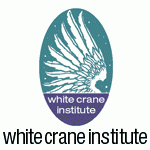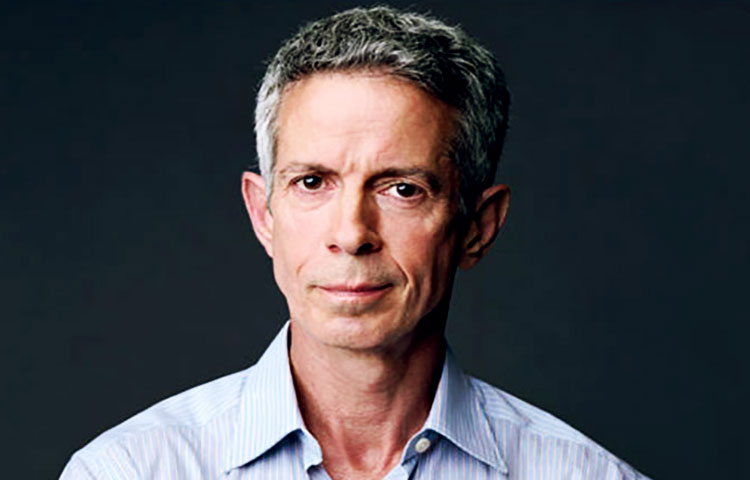January 09
RICHARD HALLIBURTON, American adventurer and author, born (d: 1939) If Halliburton was alive today he would be the guy in "The Most Fascinating Man in the World" ads. Halliburton was the quintessential preppie. And in the Ivy League of yore, preppiness and Gayness often went hand-in-hand. When Halliburton’s Chinese junk, Sea Dragon, was lost in the Pacific in 1939, he still looked very much as he had at Lawrenceville and Princeton – trim, muscular, and innocently handsome.
His athletic prowess and world-wide adventures had titillated a generation of vicarious thrill seekers and had been happily exploited by both the media and Halliburton’s many best-selling books. And it’s easy to see why. He climbed the Matterhorn in 1921; swam the Hellespont in 1925 and the Panama Canal (from the Atlantic to the Pacific) in 1928; and flew over 50,000 miles around the world in his own airplane, The Flying Carpet, between 1928 and 1931, thereby milking the adoration of an aviation-mad public.
Halliburton starred in his own documentary films and lectured, for stiff fees, to large audiences throughout the world. Between times, he managed to find time for men. As Roger Austen writes in Playing the Game, Halliburton “had a special fondness for YMCAs, spend the night with Rod La Roque, went flying with Ramon Navarro, and settled down with another bachelor in Laguna Beach.” And how was his adoring public to know? Hadn’t his books been filled with his appreciation of “Kashmiri maidens, Parisian ballerinas and Castillian countesses”? “Halliburton,” writes John Paul Hudson with acute insight, “certainly did a lot of straight-approved things, though his exploits were self-stretching and not competitive – which is the Gay way.”
PETER STALEY is an HIV-AIDS Activist born onthis date. Staley was diagnosed with AIDS-related complex in 1985 while working as a bond trader at JP Morgan on Wall Street. He joined ACT UP New York shortly after its founding in 1987, and chaired its fundraising committee for three years.
In 1988, he left his Wall Street job to become a full-time AIDS activist, joining ACT UP's Treatment & Data Committee (T&D). In 1989, Staley led ACT UP's campaign to force Burroughs Wellcome to lower the price of AZT. He organized activists to infiltrate their North Carolina headquarters and seal themselves in a third-floor office, and led a demonstration on the floor of the New York Stock Exchange, disrupting trading and resulting in a price reduction of AZT three days later. In 1990, Staley was an opening plenary speaker at the VI International Conference on AIDS in San Francisco.
In 1992, Staley and other members of T&D founded the Treatment Action Group (TAG), and he became its Founding Director. TAG's first action and "art project" involved covering Senator Jesse Helms' home with a giant condom. In 1993, TAG successfully lobbied for a radical restructuring of the management of the government's AIDS research effort. The NIH Revitalization Act created a powerful Office of AIDS Research (OAR) to provide coordination, strategic planning, and leadership in the NIH's AIDS research programs.
In 1994, Staley was appointed by President Clinton to the National Task Force on AIDS Drug Development. He was also a member of amfAR's Board of Directors from 1991 to 2004.
In 2000, Staley launched a web site called AIDSmeds.com, offering complete and easy-to-read treatment information for people living with HIV. Since then, AIDSmeds.com has become one of the most popular HIV-related sites on the Web, and it merged with POZ Magazine and POZ.com in 2006.
In January, 2004, Staley launched a personal ad campaign to bring much needed attention to an epidemic of crystal meth use among gay men. Using $7,000 of his own money, he placed six phone booth kiosk ads in the Chelsea neighborhood of New York that said "Huge Sale, Buy Crystal, Get HIV Free!" Within days, the ads, along with the issues they raised, became a major news story, with coverage in The New York Times and on all three local TV stations. Two months later, New York City appropriated the first government funds anywhere in the U.S. targeting meth prevention for gay men. Other cities and states soon followed. According to ongoing CDC HIV surveillance studies, meth use among gay men in New York City fell from 14% in 2004 to 6% in 2008.
Staley is a leading subject in the Oscar-nominated documentary "How To Survive A Plague," directed by David France.
OSCAR WILDE gives his first lecture on "The English Renaissance of Art" in New York. It was on this visit-slash-publicity tour that Wilde famously responded to a customs official’s request if he had anything to declare with “I have nothing to declare except my genius.”
In December 1881, Oscar sailed for New York to travel across the United States and deliver a series of lectures on aesthetics. The 50-lecture tour was originally scheduled to last four months, but stretched to nearly a year, with over 140 lectures given in 260 days. In between lectures he made time to meet with Henry Longfellow, Oliver Wendell Holmes and Walt Whitman. He also arranged for his play, “Vera,” to be staged in New York the following year. When he returned from America, Oscar spent three months in Paris writing a blank-verse tragedy that had been commissioned by the actress Mary Anderson. When he sent it to her, however, she turned it down. He then set off on a lecture tour of Britain and Ireland.
Subscribe to Gay Wisdom
Would you like to have Today in Gay History (aka Gay Wisdom) sent to you daily?



